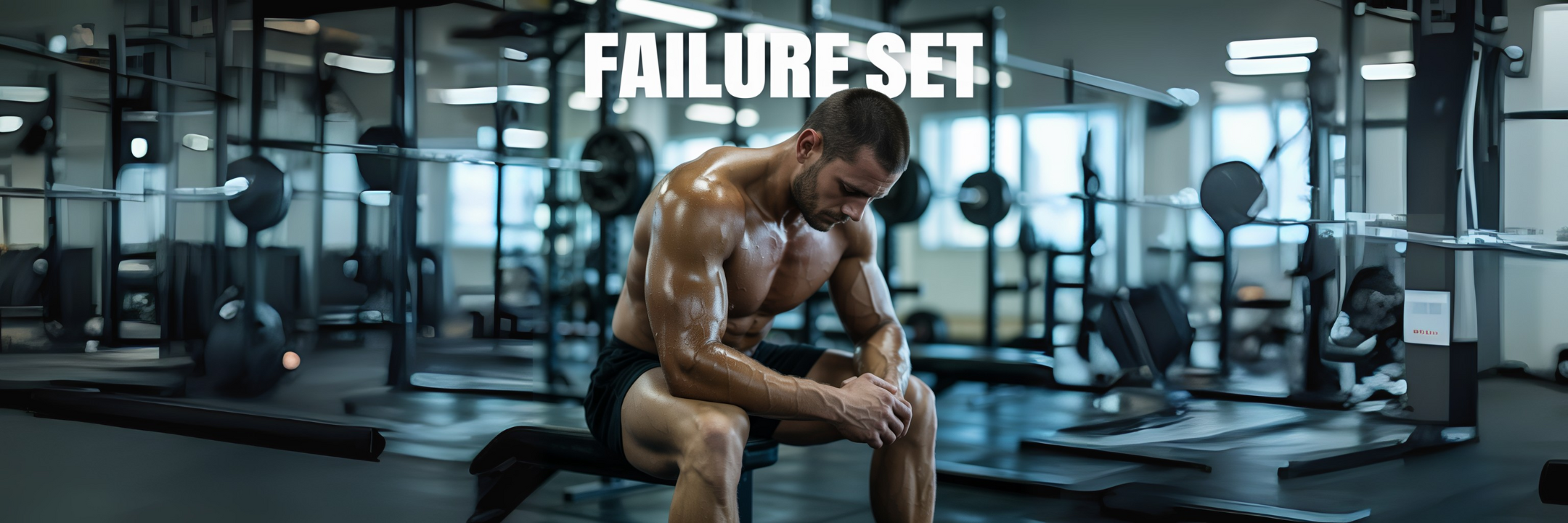Muscle growth doesn’t happen because you showed up and moved some weights around. It happens when you push a muscle to - and past - its limits, recover properly, and repeat that process with consistency and accuracy. If your goal is hypertrophy, then your training has to reflect that goal. That means progressively increasing stimulus, hitting each muscle frequently enough to generate adaptation, and training with enough intensity to force your body to change.
The body doesn’t know you’re in a gym. It only knows it’s under stress. If that stress is sufficient and repeated with adequate recovery, the body will adapt. If not, it won’t. It’s that simple. Training once a week per muscle group, with a mountain of half-effort sets, isn’t going to get you there. Instead, we focus on high-frequency training where we are hitting each muscle at least twice per week with a volume range of 10–20 hard sets per muscle per week. Not junk volume. Not fluff. Real work. Top-end sets that push limits.
To make those sets count, we use rest-pause training, a method proven over decades in the trenches and now backed by research. One all-out working set, pushed to failure, followed by a short rest and repeated bursts of effort until no more reps can be done. It allows maximum fiber recruitment with less wear and tear. One top set, done right, is worth more than five sets you just coast through.
Recovery isn’t optional. If you train this way, you’ll need quality sleep, high protein intake (2.2g per kg of lean body mass minimum), and a logbook. Progress comes from measured improvement, not from showing up and doing the same thing over and over again. Log your lifts. Push your reps. Add weight when you can. That’s how you build muscle.
The more advanced you become, the more important precision becomes. Warm-ups should prepare, not fatigue. Back-off sets can be useful, but only if they serve a purpose. Every rep you perform should be aimed at recruiting the target muscle, not just moving a weight from point A to B.
The truth is, hypertrophy is simple. Stress the muscle enough to force adaptation. Recover. Repeat. Most lifters never get this right because they confuse motion with effort, and effort with effectiveness. But if you’re willing to do the work - real work - with structure and focus, your body will respond.
Train hard. Train often. Recover fully. There are no shortcuts, but there are efficient ways to get there. This is one of them.
Oryvion Performance In focus— The Failure Set

